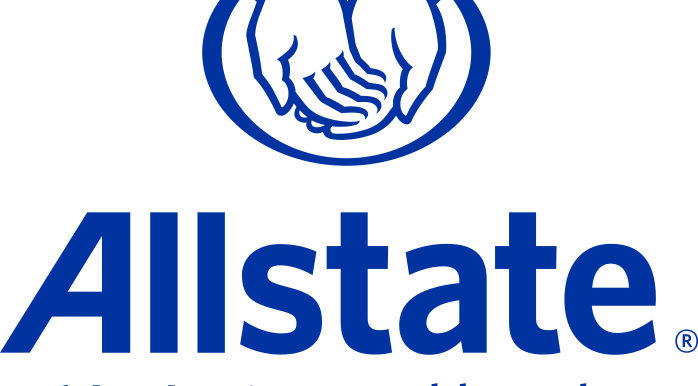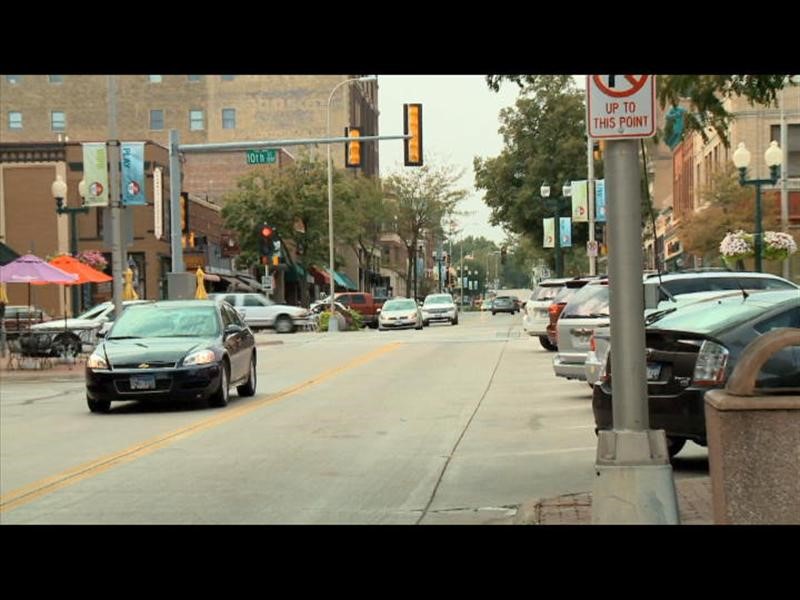Phoenix, Indianapolis, Tucson and Lincoln ranked safest driving cities in their population groups (1 million +, large, mid-size and small)
How does your city fare behind the wheel? Allstate released their eighth annual America's Best Drivers Report, ranking the 200 largest cities in terms of car collision frequency.
This year's "America's Safest Driving City" is Sioux Falls, South Dakota, the fifth time in the history of the report that the city has held the top spot. According to the report, the average driver in Sioux Falls will experience an auto collision every 13.8 years, which is 27.6 percent less likely than the national average of 10 years. On the opposite end of the list, Washington, D.C. drove into last place for the fifth year in a row. Cities joining D.C. at the bottom included, Baltimore, Maryland, Providence, Rhode Island, Hialeah, Florida, and Glendale, California.
Other notable safe driving cities (based on population size) include:
- Phoenix, Arizona (City of 1 million +) For the eighth year in a row, motorists in Phoenix topped the list among commuters in American cities with more than one million people.
- Indianapolis, Indiana (Large City) Home to some of the fastest driving in the world, Indianapolis can also tout having some of the safest among cities with 750,000 – one million people.
- Tucson, Arizona (Mid-Size City) – Tucson is home to the University of Arizona Wildcats and is the safest among cities between 500,000 – 750,000 people.
- Lincoln, Nebraska (Small City) Slipping two spots, this year's 5th ranking city overall, also takes the top spot for cities with less than 500,000 people.
Allstate's Best Driver's Report was created to boost the country's discussion on safe driving. Here are some safe driving tips based on the size of your city:
In mid- to large size cities:
- Allow plenty of time to reach your destination. Stop-and-go traffic, gridlock, traffic signal stops, pedestrian walkways and events that create traffic detours can add time to your travel.
- Know what's happening in the city during the time you're driving. Find out if there are events that may impact traffic, and listen to traffic reports on your car radio.
- Stay alert. Be prepared to frequently stop or slow down for pedestrians, emergency vehicles, delivery trucks, parking cars, taxi cabs, and public transportation vehicles such as city buses.
- Get directions to where you're going. Review directions carefully in advance. If you get lost mid-trip, safely pull over and wait until you feel calm enough to get back on the road.
- Watch the speed limit. Speed limits may be greater than in city traffic, which can lead some drivers to speed up and make roads dangerous.
- Look out for pedestrians, especially children. While there are typically fewer pedestrians or obstacles than in large metropolitan areas, there are also typically fewer crosswalks, so pedestrians may be less aware of traffic rules such as where and when to cross the street.
- Stay alert. Be prepared to frequently stop or slow down for pedestrians, emergency vehicles, delivery trucks, parking cars, taxi cabs, and public transportation vehicles such as city buses.
- Keep a safe distance – especially around large vehicles. Large vehicles like semi-trucks are more likely found on suburban roads than in large metro areas.

